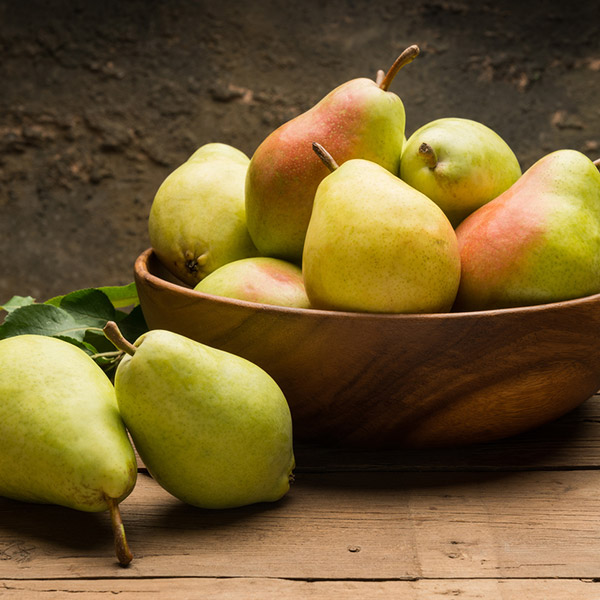
Tree Anatomy: Fruit
Many of the fruit trees in our area are laden with fruit at this time of year. These fruit are the seed-containing ripened carpels (ovule and ovary) of the fertilized spring flowers. Some fruit, such as the apple, include other flower parts as well. After the flower is fertilized, the resulting developing seeds emit a growth hormone that causes the fruit to form.
Different species have differing number of carpels in their flowers, which results in the seed configuration within the fruit. The plum flower has one carpel and therefore one seed in the fruit, the apple and pear flower have multiple carpels, and therefore multiple seeds in the fruits. The next time you slice open a fruit, examine the seed configuration for evidence of its floral origins.
The unripe fruit protects the seeds as they develop and the ripe fruit improves the range of seed dispersal after the seeds are mature. Tree fruits have various designs such as fleshy, dry, winged, or barbed, depending on the mode of seed transport (wind, water, or animal). The aroma of the ripe fruit we eat consists of hundreds of volatile compounds, which vary in myriad combinations to create the distinct smells of each fruit type. See our ‘Bounty of the Bough: Fall Harvest’ blog entry for when to seek out your favorite ripe fruit this season.


